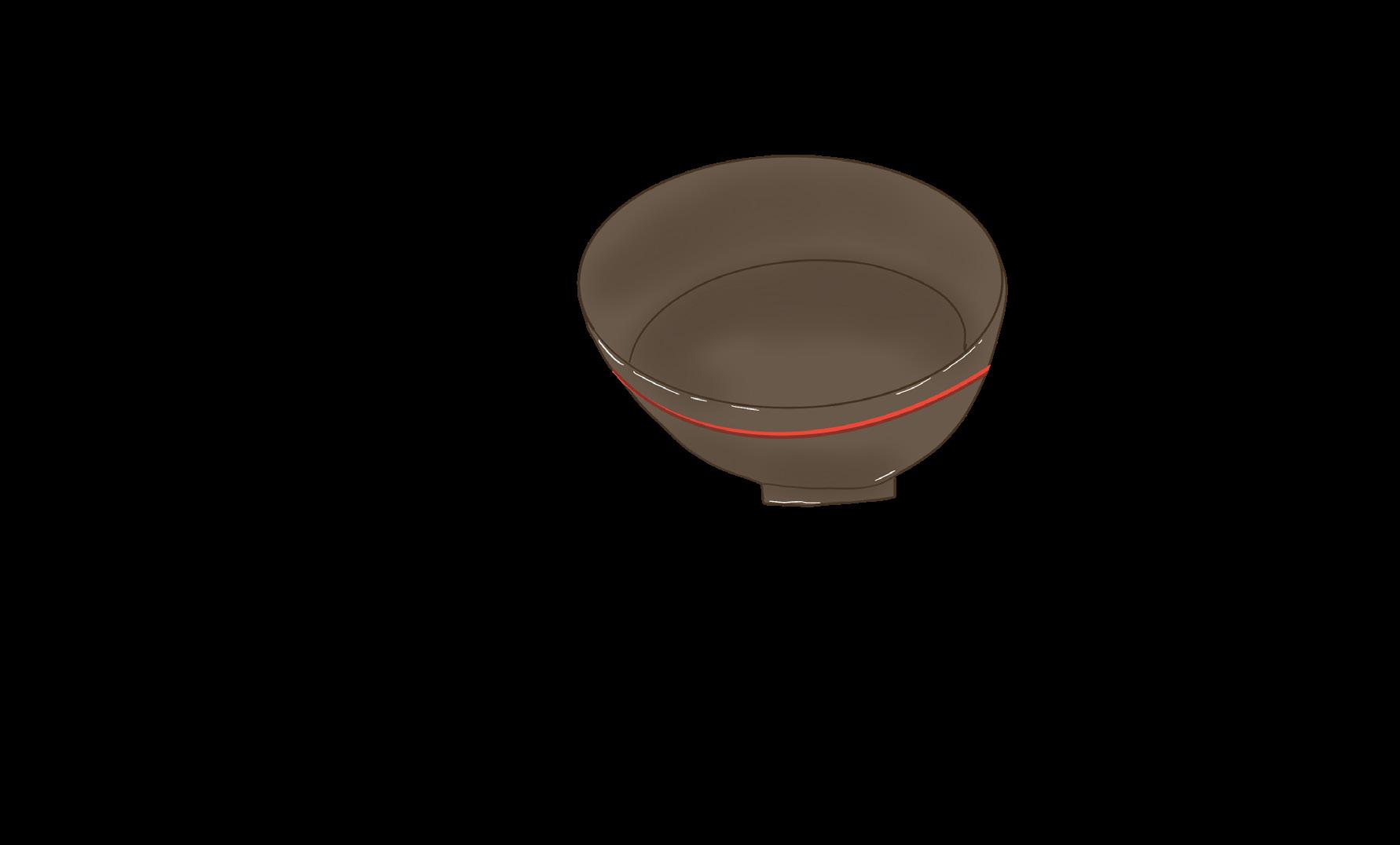
6 minute read
Utensils are more than eats the eye
Kasey Liu
What if we ate soup with a knife? Cereal with a fork? Bread with chopsticks? Though you’re able to ingest the food anyway, utensils are an essential part of eating. Understanding the things that deliver food into our mouths contributes to our understanding of the diverse cultures at Carlmont and around the world.
Advertisement



The word “fork” originates from the Latin word “furca,” which means “pitchfork.” Though this eating utensil was carved from materials like wood and animal bones in ancient times, the fork’s popularity rose in 1500s Europe, when Italian Catherine de Medici brought luxurious silver forks to her wedding with French King Henry II. From there, according to The Smithsonian Magazine, the use of forks spread across Europe.
The table knife has a similar history; knives were used as weapons in ancient times, and they became popular tools for cooking. However, French King Louis XIV requested a blunter point for knives used at the dinner table, and this design of knives carried on.
Today, knives and forks are still primarily used by European cultures, and many have strict etiquettes that go with them. However, some, like freshman Jasmine Randhawa, feel that these etiquettes can be somewhat suffocating.
“I know the mannerisms are there for a reason, but sometimes it feels kind of classist, since some people have salad forks, tiny utensils, and multiple plates,” Randhawa said.
For someone coming from a strict family or community, there can be a lot of stress over “proper” table manners, like whether you’re holding a knife and fork correctly. Despite this stress, though, forks and knives are practical and useful tools to use in everyday life.
“I feel like as long as you can hold utensils and get use out of them, there’s no wrong way,” Lila Frieden, a sophomore, said.



Because you always have your hands with you, hands are often the most convenient tool to use, though having access to clean hands may sometimes be challenging. According to sophomore Sanjna Sood, the use of hands to eat is especially prominent in Indian culture, as the culture praises down-to-earth practices. Some areas in India even use banana leaves or sugar cane leaves rather than plates or bowls to hold their food, as these leaves are highly accessible.
Besides practicality, eating with one’s hands is believed to spark a spiritual connection. According to Ayurvedic texts, space comes through the thumb, air through the index finger, fire through the middle finger, water through the ring finger, and earth through the pinky. By using one’s hands, one can form a spiritual connection with food. Additionally, like other utensils, eating with hands requires specific techniques.
“You’re supposed to use your spoon in your left hand, and you’re supposed to use your right hand to hold bread and to eat,” Sood said. “Don’t go to India and eat with your left hand. It’s a bad omen.”
The use of hands for eating is unique, and it can bring people a sense of cultural solidarity.
Sood said, “Every single traditional Indian food can be eaten with your hands, which makes it special in a way.”






The use of chopsticks stems from China, and they were developed as mainly a cooking tool used to reach into deep pots of oil or water. As food became more bite-sized, chopsticks soon became popularized. This can be credited partly to the ancient Chinese philosopher, Confucious, who believed that having knives at the table was a sign of violence, which violated his vegetarian ideals. Because of this, food that was presented on the Chinese table was already cut up and ready to be picked up with chopsticks.
Like other eating utensils, there are certain taboo practices associated with chopsticks. According to Carlmont Chinese teacher Mindy Chiang, sticking chopsticks vertically in a bowl of rice is unacceptable, as it is reflective of the incense that people use at funerals. Additionally, banging your chopsticks on your bowl is frowned upon since the act mimics beggars asking for food.
In comparison to Korean and Japanese chopsticks, Chinese chopsticks are blunter, squareshaped, and longer.
“We’re not a very individually focused culture, so we eat in a familial and sharing style. Chinese chopsticks are helpful because they’re long, so you can reach farther and help others get food,” Chiang said.
This collaborative and familial culture is also demonstrated by the chopsticks themselves.
“You can’t use one chopstick without the other,” Chiang said.
Despite popular belief, it is important to note that chopsticks are not traditionally used as hair accessories. The traditional Chinese accessory is called zānzi (簪子) and should not be confused with chopsticks.


Korean chopsticks are neither square nor round but are flat and rectangular in shape. They’re usually made of metal, which can be traced back to the use of silver chopsticks in ancient times. Silver chopsticks would change color when it was in contact with poison, which warned the nobility if their food was unsafe to eat. Additionally, metal chopsticks can be more hygienic than their wooden counterparts.
Unlike Chinese and Japanese cultures, however, Korean chopsticks are not used to eat rice. The sujeo (수저) set includes the Korean metal spoon, which is longer and thinner than western spoons, and metal chopsticks. According to Victoria Chung, a junior, spoons are for eating rice, and chopsticks are for eating the dishes that go with it. Chopsticks can also bring a unique sense of identity.
“Chopsticks are unique. The chopsticks we brought from Korea have designs engraved onto them. They’re metal, which is really cool,” Chung said.
Similar to Chung, Xavier Lem, a sophomore, also sees culture in the utensils that he uses.
“I’m pretty Americanized; I’ve never been to Asia, and I don’t speak any Asian languages. Food is mainly where I see my culture in my day-to-day life, and these utensils of Asian origin reflect that,” Lem said.
Though chopsticks originated in China, they became popularized in Japan through Korea and were originally used for only traditional ceremonies. However, they soon spread to use in the home, and today, chopsticks are a core aspect of Japanese life. "I've been using chopsticks since birth, so it comes to me the easiest. My family uses chopsticks every day," Mika Hiraishi, a junior, said.
Compared to Korean and Chinese chopsticks, Japanese chopsticks are rounded, shorter, and slimmer towards the bottom. Because the Japanese believed that men had larger hands than women, the length of Japanese chopsticks played an important role; women used 7-inch chopsticks, and men used 8-inch ones, according to Stephanie Butler's A Brief History of Chopsticks.
New types of chopsticks have arisen in more recent years, like the wooden disposable chopstick, which was designed by Japan in 1878. Regardless of the type, chopsticks prove to be one of the most efficient eating tools. "With a fork and knife, I usually don't know what to cut with or which hands to hold it in. But with chopsticks, you only use one hand, so it's just easier. They're the hardest to learn how to use, but once you get used to them, you can use them pretty efficiently," Hiraishi said.










